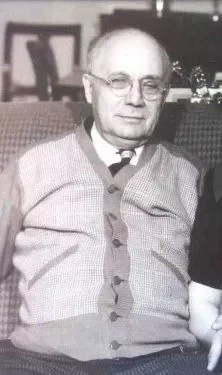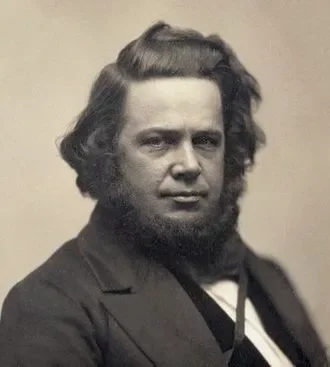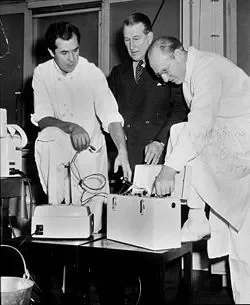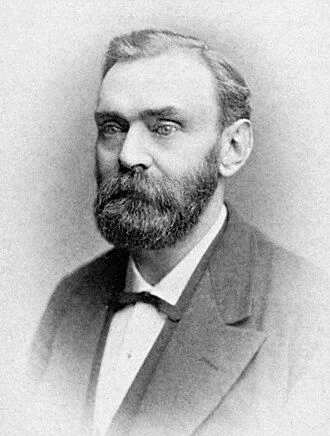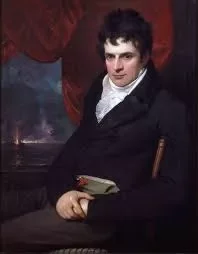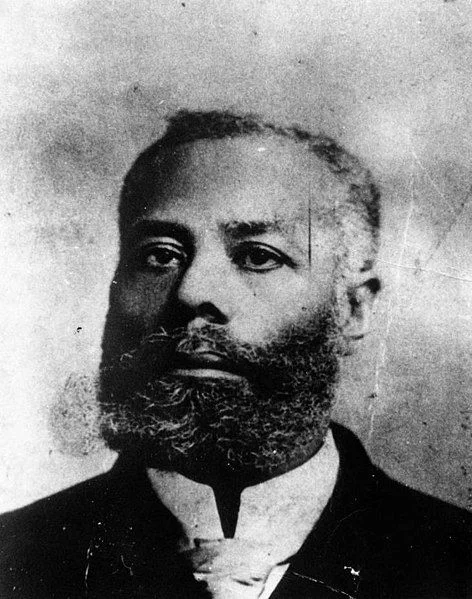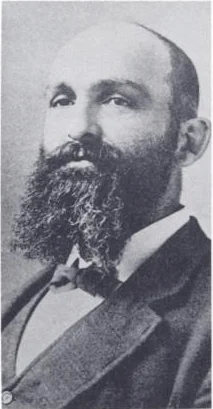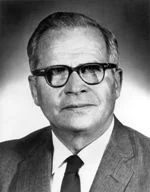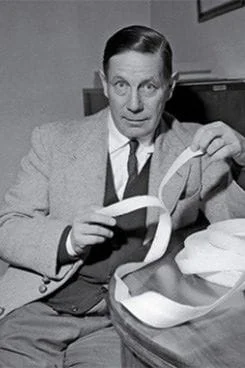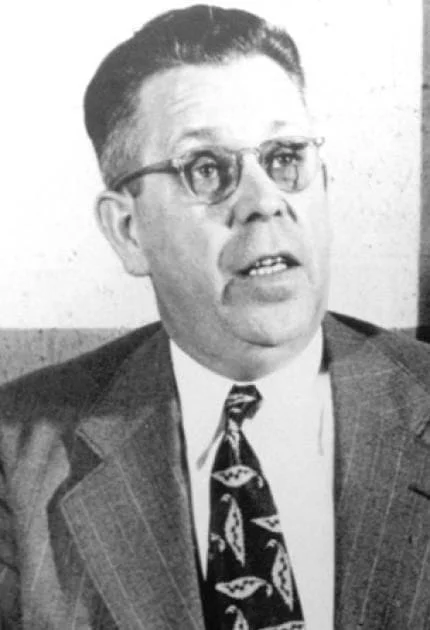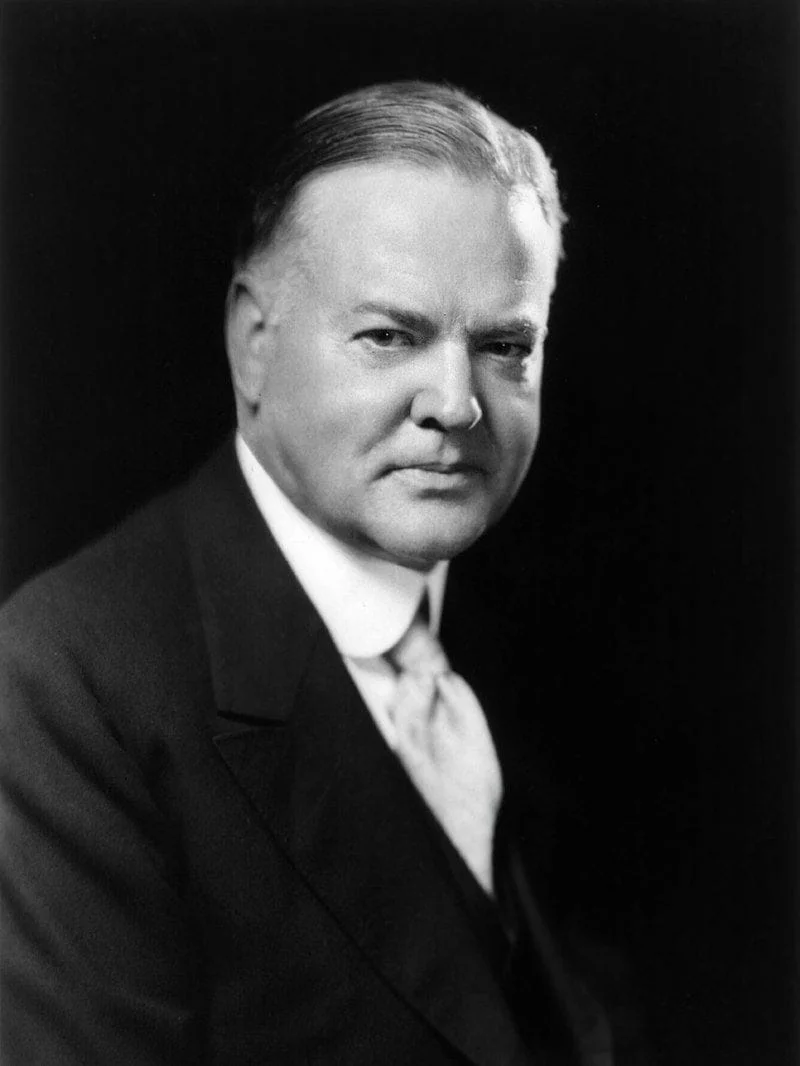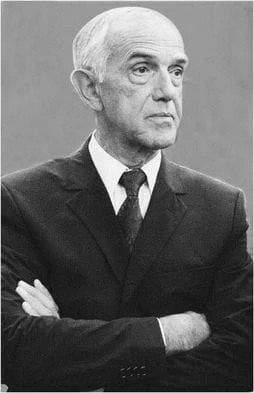Real Celebrities Never Die!
OR
Search For Past Celebrities Whose Birthday You Share
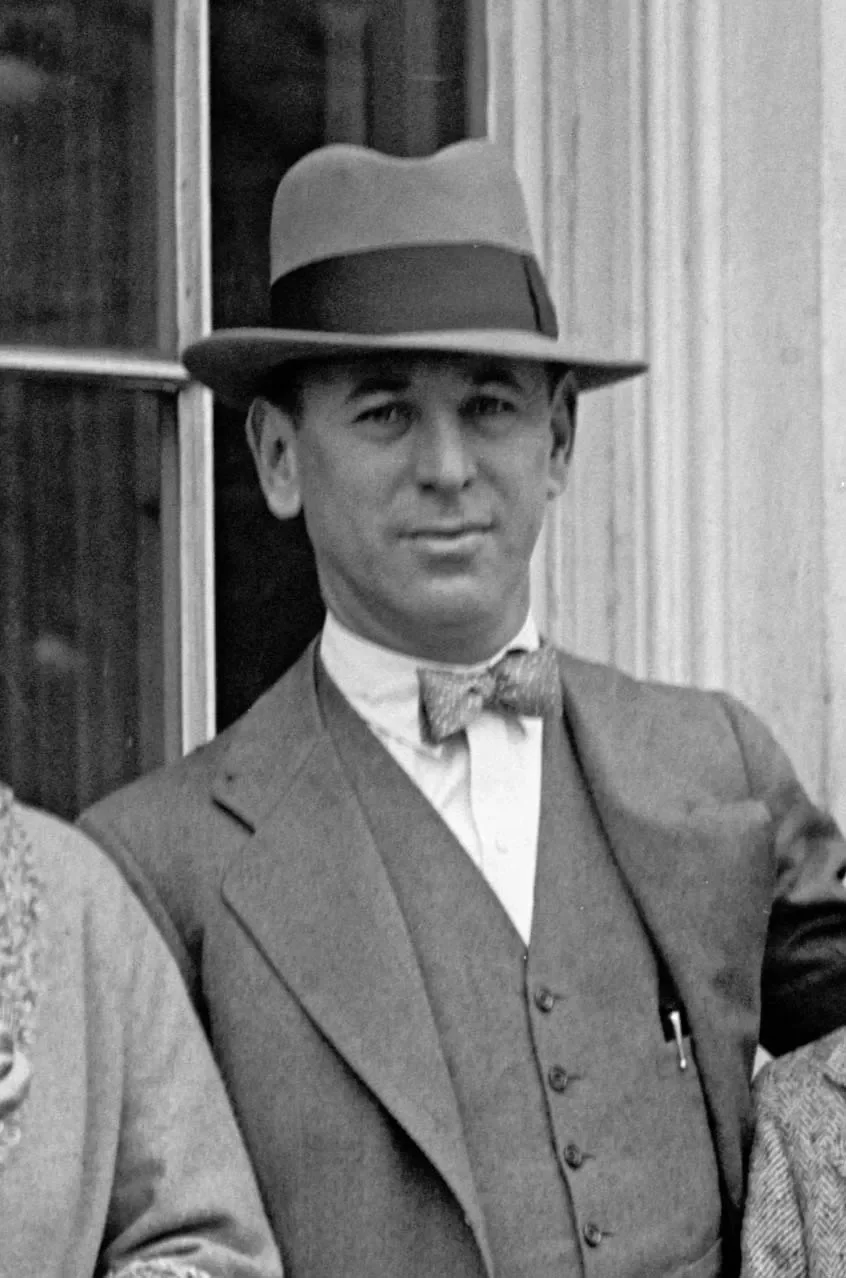
source:https://assets3.cbsnewsstatic.com/hub/i/r/2014/01/24/7cb48fa9-356e-49a3-a1ec-a8a4ddeb9767/thumbnail/620x841/2e857c38e4996bb9f5c615e103436d8f/Art%20of%20Rube%20Goldberg_160c.jpg?v=86db2ab42e1f4996c0f037a20ce5a325
Rube Goldberg
Birthday:
04 Jul, 1883
Date of Death:
07 Dec, 1970
Cause of death:
cancer
Nationality:
American
Famous As:
Engineer
Age at the time of death:
87
Rube Goldberg: The Ingenious Cartoonist and Inventor
Rube Goldberg was an American cartoonist, engineer, and inventor known for his elaborate and comical contraptions that performed simple tasks in the most convoluted and indirect ways possible. Born on July 4, 1883, in San Francisco, California, Goldberg became one of the most celebrated figures in humor and invention.
Early Life and Education
Rube Goldberg showed an early aptitude for drawing and engineering. After completing high school, he enrolled at the University of California, Berkeley, where he studied engineering. Alongside his academic pursuits, Goldberg worked as a cartoonist for the university’s newspaper, The Daily Californian, laying the foundation for his future career.
Transition to Cartooning
After graduating in 1904, Goldberg worked as a mining engineer but was drawn to cartooning. In 1907, he decided to pursue a full-time career in the field. His breakthrough came in 1909 with the comic strip “Foolish Questions”, which humorously poked fun at ridiculous questions.
The Birth of Rube Goldberg Machines
In the early 1910s, Goldberg began creating cartoons of complex machines that performed simple tasks in highly elaborate ways. These “Rube Goldberg machines” became his hallmark, characterized by intricate, domino-like sequences leading to a straightforward outcome.
Rise to Fame
As Goldberg’s cartoons gained popularity, he joined the New York Evening Mail in 1915, reaching a wider audience. By the 1920s and 1930s, his work was syndicated across the United States, earning him national acclaim. In 1931, he received the Pulitzer Prize for Editorial Cartooning, solidifying his reputation as a master of wit and artistry.
Venturing Beyond Cartoons
Goldberg’s creativity extended into radio and film. In the 1930s, he hosted a radio show called “Rube Goldberg’s Scrapbook”, sharing amusing stories and inventions. He also contributed as a screenwriter and director in Hollywood, bringing his comedic sensibilities to the big screen.
Impact on Advertising
During the 1940s, Goldberg transitioned to advertising, using his humor and inventive flair to create captivating ads. His whimsical contraptions became a powerful tool for promoting products, blending ingenuity with entertainment.
Rube Goldberg’s Passing and Legacy
Rube Goldberg died of cancer on December 7, 1970, at his home. His name became synonymous with overly complicated machines, inspiring the term “Rube Goldberg” to describe such contraptions.
Rube Goldberg's Quote's
Celebrating His Influence
Today, Rube Goldberg competitions are held worldwide, where participants design extravagant machines to complete simple tasks. These events honor Goldberg’s legacy and highlight the timeless appeal of his work.
Conclusion: A Legacy of Humor and Innovation
Rube Goldberg’s journey from engineering student to celebrated cartoonist and inventor reflects his boundless creativity. His intricate machines and whimsical contraptions continue to inspire laughter and innovation, ensuring his enduring legacy in the world of humor and invention.
Name:
Rube Goldberg
Popular Name:
Rube Goldberg
Gender:
Male
Cause of Death:
cancer
Spouse:
Place of Birth:
San Francisco, California, U.S.
Place of Death:
New York City, U.S.
Occupation / Profession:
Personality Type
Logistician: Practical and fact-minded individuals, whose reliability cannot be doubted. His approach was notably logical and practical.
Goldberg changed the last names of his children because of hate mail he received
He earned an engineering degree from uc Berkeley
At age 80, Goldberg took up sculpture, creating busts of various public figures. His work was exhibited in New York and California, showcasing his artistic versatility beyond cartooning.
n 1948, Goldberg won the Pulitzer Prize for his editorial cartoon "Peace Today," which depicted the precarious balance between world peace and destruction due to atomic weapons.
Rube Goldberg earned a degree in engineering from the University of California, Berkeley, and initially worked mapping sewer pipes. However, he soon left engineering to pursue a career in cartooning, where he used his technical knowledge to create complex, humorous inventions.
Rube Goldberg machine were named after his name
